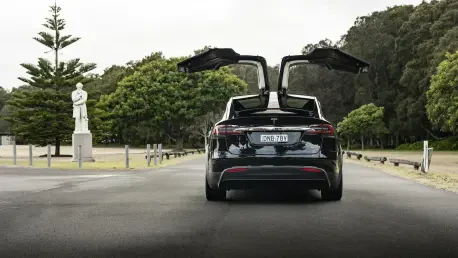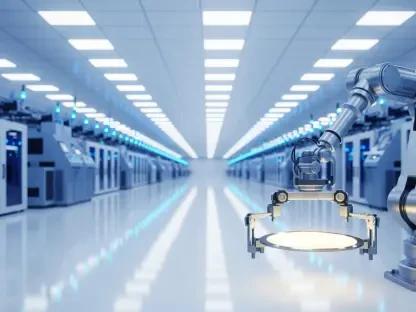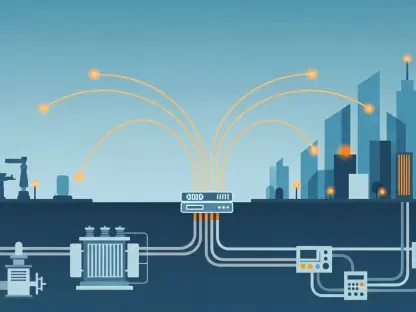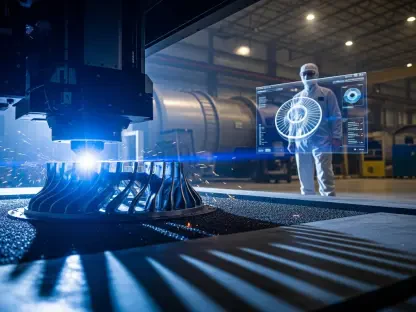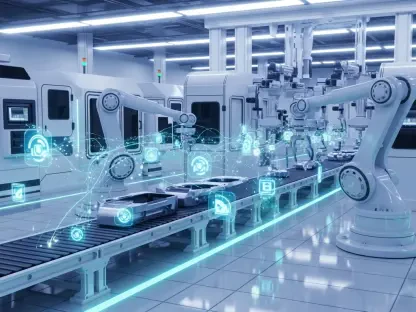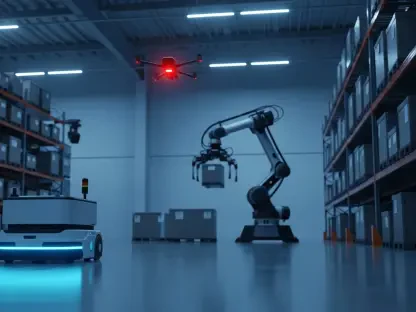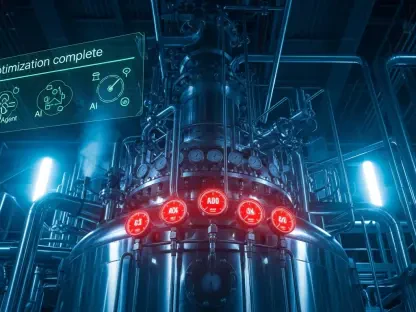Meet Kwame Zaire, a seasoned manufacturing expert with a deep focus on electronics, equipment, and production management. As a thought leader in predictive maintenance, quality, and safety, Kwame brings a unique perspective to the critical intersection of automotive design and consumer safety. In this interview, we dive into the heartbreaking case of a fatal Tesla crash involving two college students, exploring allegations of a deadly design flaw in the vehicle’s door mechanism. We also discuss the broader implications for automotive safety standards, the role of federal investigations, and what this means for the future of innovative yet controversial vehicle designs.
Can you walk us through the tragic incident involving Krysta Tsukahara and Jack Nelson in Piedmont, California?
Certainly, it’s a devastating story. In November 2024, Krysta Tsukahara, 19, and Jack Nelson, 20, were passengers in a Tesla Cybertruck in the San Francisco suburb of Piedmont. According to the lawsuits filed by their parents, the driver, who was under the influence of alcohol and drugs, lost control and crashed into a tree. The impact was catastrophic, and the vehicle burst into flames. Tragically, both Krysta and Jack, who were in the backseat, couldn’t escape the burning car and lost their lives, along with the driver. A fourth passenger was saved only after a rescuer broke a window to pull them out. It’s a heartbreaking reminder of how quickly things can go wrong in a crash, especially when safety features fail.
What specific design flaw are the families alleging contributed to this tragedy?
The core of the lawsuits centers on a claimed flaw in Tesla’s door mechanism. The parents allege that the doors couldn’t be opened during the crash, effectively trapping Krysta and Jack inside as the car burned. They point to the battery-powered unlocking system, which can fail if the battery is damaged in a fire or impact. Even worse, the manual overrides—meant as a backup—are allegedly hard to locate and use in an emergency. The families believe this design issue directly prevented their children from escaping, turning a survivable crash into a fatal one.
How long do the lawsuits suggest Tesla was aware of this door issue before the incident?
According to the legal filings, Tesla had known about this problem with their door mechanisms for years before this crash occurred. The lawsuits claim the company failed to act swiftly enough to address the flaw, despite having ample time to implement fixes or warn consumers. This raises serious questions about prioritization—whether innovation and market speed took precedence over addressing known safety risks. It’s a pattern that, if proven, could be very damaging.
What are some other safety concerns that have been raised about Tesla vehicles in recent years?
Tesla has faced a number of safety-related lawsuits and complaints over the years, often tied to their cutting-edge but sometimes problematic technology. Beyond door issues, there have been cases involving autopilot features and sudden acceleration. A notable example mentioned in connection with this case is a Florida lawsuit from a few years back, where a family won over $240 million in damages after a college student was killed in a runaway Tesla. That verdict highlighted flaws in vehicle control systems. These recurring issues suggest a broader challenge for Tesla in balancing innovation with rigorous safety validation.
Can you explain the role of federal regulators in addressing these stuck-door complaints?
The National Highway Traffic Safety Administration (NHTSA) stepped in recently, launching an investigation into Tesla’s door issues just weeks before these lawsuits were filed. The probe was triggered by multiple complaints from Tesla drivers who reported being unable to open back doors after exiting their vehicles, sometimes leaving children trapped inside until windows were broken to rescue them. This federal scrutiny adds significant weight to the concerns raised by consumers and now by the families in this tragic case, as it could lead to mandated recalls or design changes if systemic flaws are confirmed.
How do the families and their legal teams perceive Tesla’s response to this door flaw over time?
From what’s outlined in the lawsuits, the families and their attorneys are deeply frustrated with Tesla’s apparent inaction. They believe the company could have—and should have—moved much faster to rectify the problem once it was identified. Their goal with these lawsuits isn’t just compensation; it’s about accountability and pushing for real changes in Tesla’s design processes or safety protocols to prevent other families from enduring similar losses. They’re advocating for a shift in how potential risks are handled, especially in vehicles marketed as the future of transportation.
What makes Tesla’s door unlocking system so challenging in emergency situations like a fire?
The design of Tesla’s door system relies heavily on a battery-powered unlocking mechanism, which is innovative but vulnerable. In a fire or severe crash, if the battery is damaged or loses power, the doors can remain locked. The backup manual releases are there in theory, but the lawsuits highlight that they’re often difficult to find or operate under stress or in smoke-filled, chaotic conditions. This combination of high-tech reliance and poor fallback options can create a deadly trap, as appears to have happened in this crash.
How do you think this lawsuit and the ongoing federal investigation might shape Tesla’s reputation or future direction?
This situation could have a profound impact on Tesla’s public image and business strategy. On one hand, Tesla is seen as a pioneer in electric vehicles and autonomous driving, but repeated safety concerns—especially ones tied to loss of life—can erode consumer trust. The federal investigation adds another layer of pressure, as it could result in costly recalls or regulatory hurdles. Moving forward, Tesla might need to double down on safety engineering and transparency to rebuild confidence, particularly as they push for fully autonomous vehicles where public scrutiny will only intensify.
What is your forecast for the future of automotive safety standards in light of cases like this?
I believe we’re at a turning point for automotive safety standards, especially with the rise of electric and autonomous vehicles. Cases like this Tesla lawsuit highlight the urgent need for regulations to keep pace with technology. I expect we’ll see stricter guidelines around fail-safe mechanisms and emergency egress in the coming years, driven by both consumer advocacy and federal oversight. Manufacturers will likely face greater accountability to test and disclose potential risks before vehicles hit the market. My hope is that the industry learns from these tragedies to prioritize human safety over innovation timelines, ensuring that cutting-edge tech doesn’t come at the cost of preventable loss.
